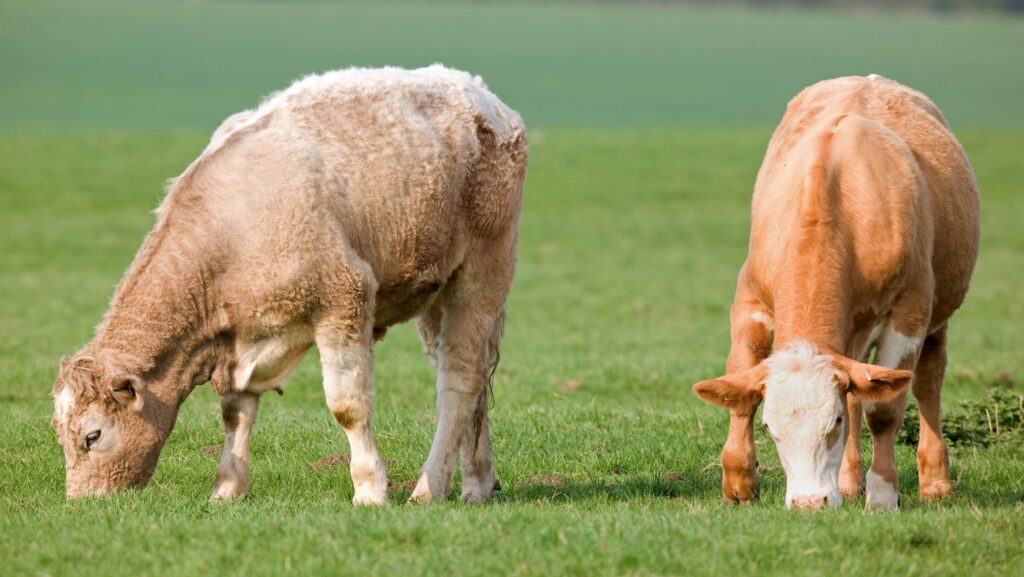Exceptional beef demand holds finished cattle above £5/kg
 © Tim Scrivener
© Tim Scrivener Finished beef prices surged to new all-time highs during October, driven by thriving domestic and export markets.
Figures from market analysts Kantar showed total spend on British beef at retail hit £5bn in the 12 months to September, up by 5.3% on the year.
Consumer demand remains strong and buyers have started to purchase beef for Christmas orders, according to Stuart Vile, ruminant manager at livestock marketing group Meadow Quality.
See also: Record beef trade sees early calves return to £3/kg
UK beef export volumes are up by 10% so far this year, and the EU has accounted for the vast majority of trade.
Tight supplies of cattle across Europe have supported finished prices, with the EU commission forecasting EU beef production to decline by 0.5% during 2024, and a further 1% in 2025.
This week, levy boards have been out in force promoting British red meat at the world’s largest food trade fair, Sial Paris.
Graham Wilkinson, chief executive at AHDB, said the event provided exporters with the ideal platform to showcase British red meat and connect with global buyers.
He said: “For the red meat sector, exports play a key role in balancing the carcass, enabling us to fully maximise global opportunities for our products, from shipping premium products to fifth quarter.”
Kate Rowell, chair of Quality Meat Scotland (QMS) added that events like Sial were key to building relationships and showcasing the excellence of red meat on a global platform.
Import pressure
But high domestic beef prices and a strong sterling are encouraging greater competition from imports.
Irish beef import volumes were up by 13% so far this year, with the Irish beef trading at almost a £1/kg discount to the GB price.
Meanwhile, Australian beef imports increased its UK market share from 0.2% to 4% year-on-year.
A 12% tariff on Australian beef imports has been imposed by China until the end of the year, as a result of Australia filling its annual beef quota.
This tariff may encourage meat processors in Australia to focus more on other regions, such as Europe, adding pressure to prices.
Beef costs
Figures collected by AHDB’s Farmbench service revealed that the top 25% of beef finishers made a profit of 30p/kg in 2022-23. However, the majority of finishers did not turn a profit.
Finished cattle prices have increased considerably since 2022-23, with steers up 30p/kg on the year at 512p/kg deadweight in mid-October, which should bolster more recent profit margins.
Zoe Kingham, farmbench manager at AHDB said: “The top 25% of store and finishing enterprises saw net profits of £92.41/head and £172.68/head respectively.
“The middle 50% achieved negligible profits of £6.94/head profit for stores, and £0.18/head loss for finished cattle.
“Losses in the bottom 25% were greatest for store enterprises averaging a £308.50/head loss, with finished cattle losing an average of £151.62/head.”
Suckler herds followed a similar fate, with only the top 25% of herds generating a profit, which has encouraged further contraction in the beef herd.
In order to stimulate beef production, Neil Shand, chief executive of the National Beef Association has called for a £100 headage payment in England for each beef calf, similar to the devolved nations.
